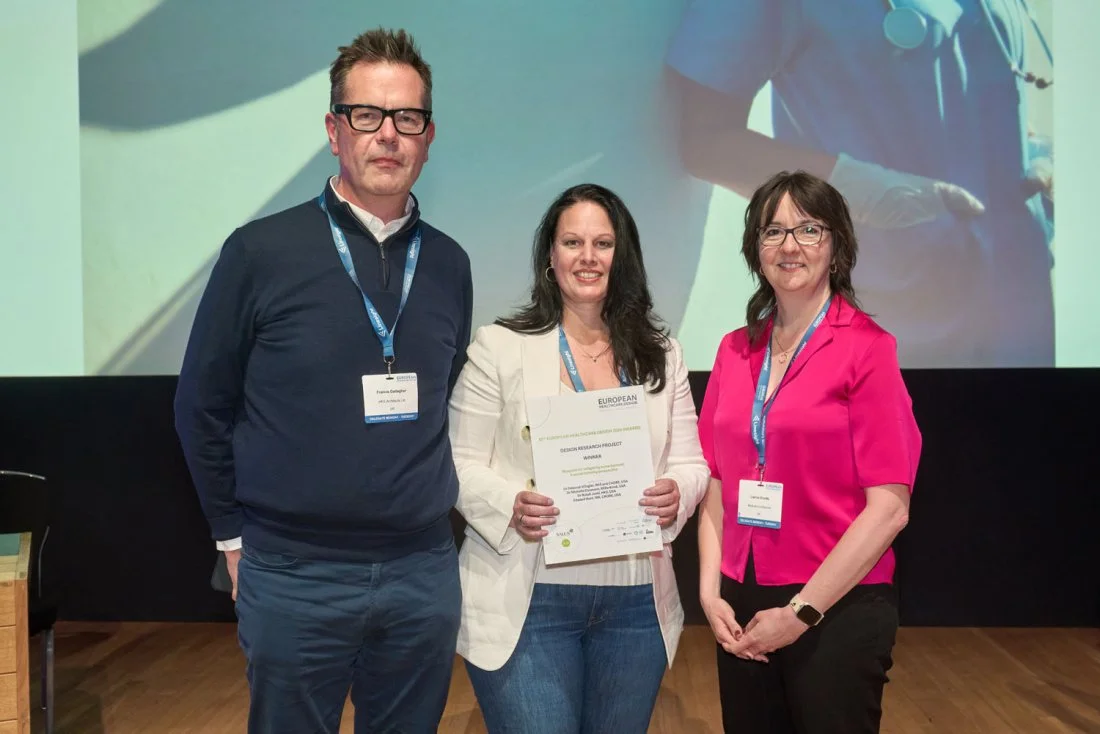At the high tide of evidence-based design, there was a rush to prove how design improved outcomes. In itself this is a powerful idea- because design can, and does, improve outcomes. But it rarely does so in isolation of people, and process. In other words, in the context of architecture, determining how our built environments can "cause" improvement in key outcomes (satisfaction, safety, loyalty, productivity etc. etc.) is very, very tricky.
Erin Peavey Joins as Health and Wellness Visiting Scholar
We are excited to welcome Erin Peavey as a visiting scholar to CADRE/HKS, Inc. Trained as an architect and design researcher, she has spent her career bridging the gap between research and practice. Most recently with HOK in New York, she was a medical planner and senior researcher, working closely with clients on planning and design for a range of large and small scale projects.
What is Biomimicry, and How Does it Differ from Biophilia?
Biomimetic designs directly use patterns and systems found in nature, while biophilic designs aim to connect human beings to the natural world. In the face of design challenges, biomimicry argues that nature has already found suitable solutions and that the process of investigation, understanding, and application of the right solution will benefit a design.
Research Says: the Right Way to Hook Readers
I worry more that "research says" can become a smokescreen, a justification tool, not the medium for improving and assimilating the available knowledge that makes us better at what we do. And that worry stems from the fact that we hear more and more about research as a means to garner proof, and convince masses, not as an ethic to make us better.



